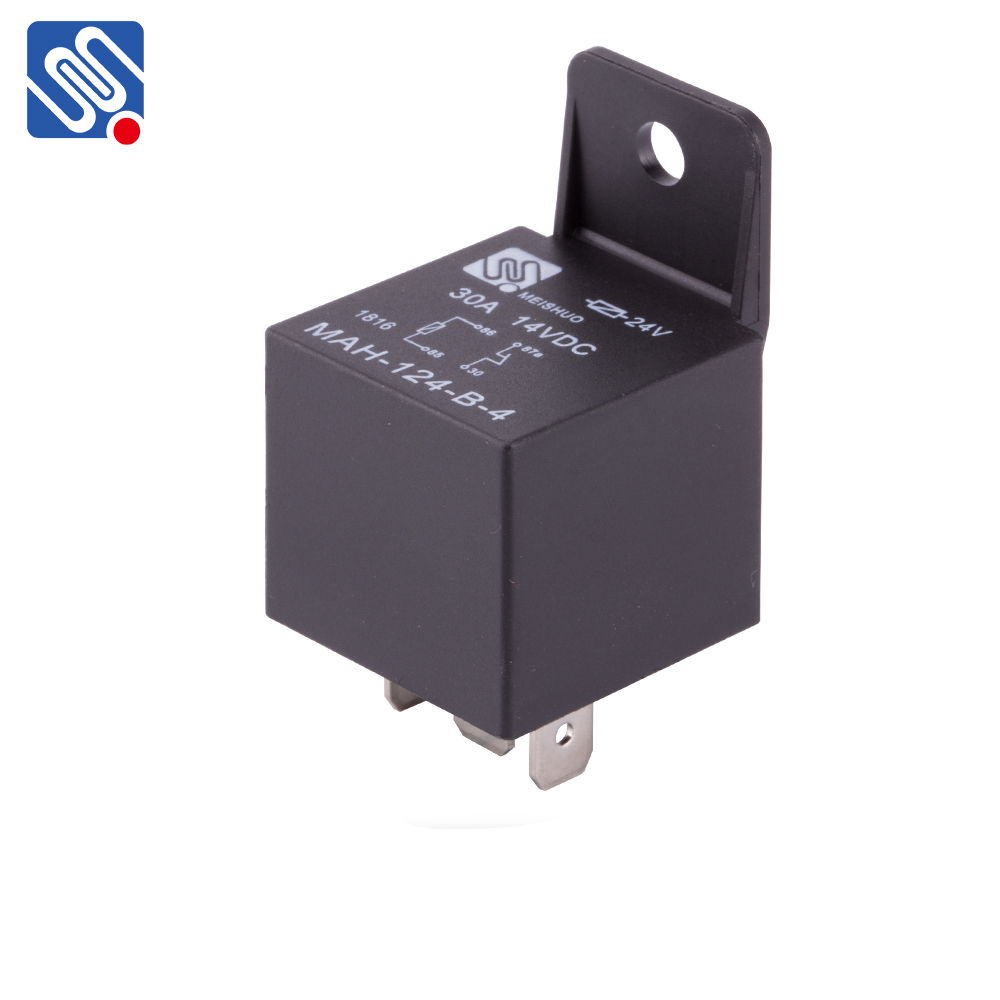understanding the importance and functionality of a relay 24v in electrical systems
Release time:2025-04-11 06:04:14
A relay is an electrically operated switch that allows the control of a high-power circuit using a low-power signal. It is a critical component in many electrical and electronic applications, offering reliability and versatility in controlling electrical devices. One specific type of relay that is commonly used is the 24V relay. In this article, we will delve into the role of a 24V relay, how it works, and its applications across various industries.

What is a Relay 24V?
A 24V relay is a type of electromagnetic relay designed to operate at a voltage of 24 volts. It contains a coil that, when energized by a 24V electrical signal, generates a magnetic field to activate or de-activate a set of contacts, thereby controlling the flow of electricity in the circuit. Relays are used for a wide range of applications, from automotive systems to industrial machinery, and a 24V relay is one of the most commonly used versions due to its optimal balance of power and energy efficiency.
How Does a Relay 24V Work?
At the heart of every relay, including a 24V relay, is the coil, which is wound from copper wire. When a 24V signal is applied to the coil, it becomes magnetized, pulling in a movable armature connected to the switch contacts. This armature movement either opens or closes the circuit depending on the configuration of the relay. The switch contacts may be Normally Open (NO), Normally Closed (NC), or changeover, allowing the relay to control the circuit in different ways.


